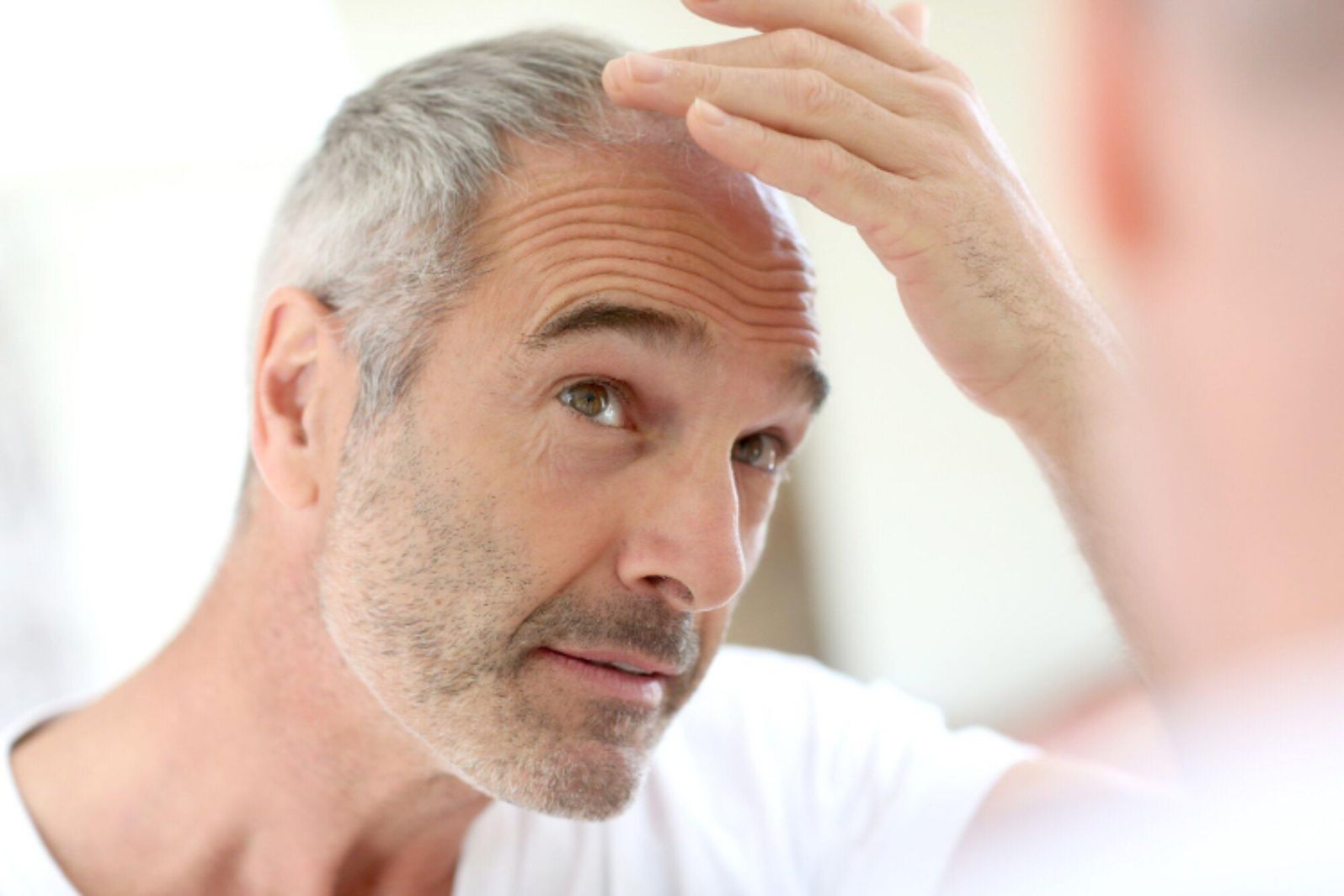A receding hairline can be a distressing sign for anyone, often seen as the marching orders for aging. Despite common misconceptions, hair loss doesn’t just affect older men; it can happen to anyone at any age.
Knowing the signs of receding hairline can help you intervene early to manage the issue effectively. In this post, we’ll walk you through the seven telltale signs of a receding hairline and what you can do about it.
Let’s begin!
1. Widening Forehead
A widening forehead occurs when the hairline at the temples begins to move further back, creating a more prominent forehead. If you notice that your forehead is becoming wider or longer than before, it could be a sign of hair loss and potential receding hairline.
A receding hairline at 20 with a widening forehead can be a cause of concern, as it is not considered a normal age for hair loss. In such cases, it is important to consult a doctor or a dermatologist for proper diagnosis and treatment options or you may check out these signs of balding at 20.
2. Thinning Hair at the Temples
Hair loss at the temples is a common sign of a receding hairline. It often starts as a small patch of thinning hair, but can quickly progress to larger areas. This type of hair loss usually occurs in men who are predisposed to male-pattern baldness. Plus, hair loss at the temples is often one of the first signs of male pattern baldness.
3. Thinning Crown
Hair loss at the crown, or top of the head, is another sign of an early receding hairline. This type of hair loss can be more difficult to notice at first, as it typically starts with thinning rather than noticeable bald patches. However, over time, the hair may become thinner and create a more visible bald spot on the top of the head.
4. Visible Scalp
As hair thins or falls out, the scalp may become more visible, especially at the temples and crown of the head. This can be a sign that your hairline is receding and may continue to do so without intervention. Plus, a more visible scalp can also make hair look thinner and less full overall.
5. Hair Shedding
Hair shedding is a normal part of the hair growth cycle, with an average person losing 50-100 hairs per day. However, if you notice excessive hair shedding that is not being replaced by new growth, it could be a sign of an early receding hairline and potential hair loss.
6. Gradual Hairline Retreat
A receding hairline typically starts with a gradual retreat of the hairline at the temples, creating an M or U-shaped pattern. This can be a sign that your hair is thinning and may eventually lead to complete baldness in these areas.
7. Family History
Genetics plays a significant role in hair loss, including receding hairline. If you have a family history of male or female pattern baldness, it’s more likely that you may experience the same type of hair loss.
Know the Common Signs of Receding Hairline
Being aware of the common signs of receding hairline can help you identify and manage potential hair loss early on. If you notice any of these signs, it’s important to consult with a healthcare professional for proper diagnosis and treatment options.
Remember that hair loss is not just limited to older men and can happen to anyone at any age. Stay proactive and take care of your hair to maintain a healthy and full head of hair.
Should you wish to read more, visit our blog. We’ve got more topics!



